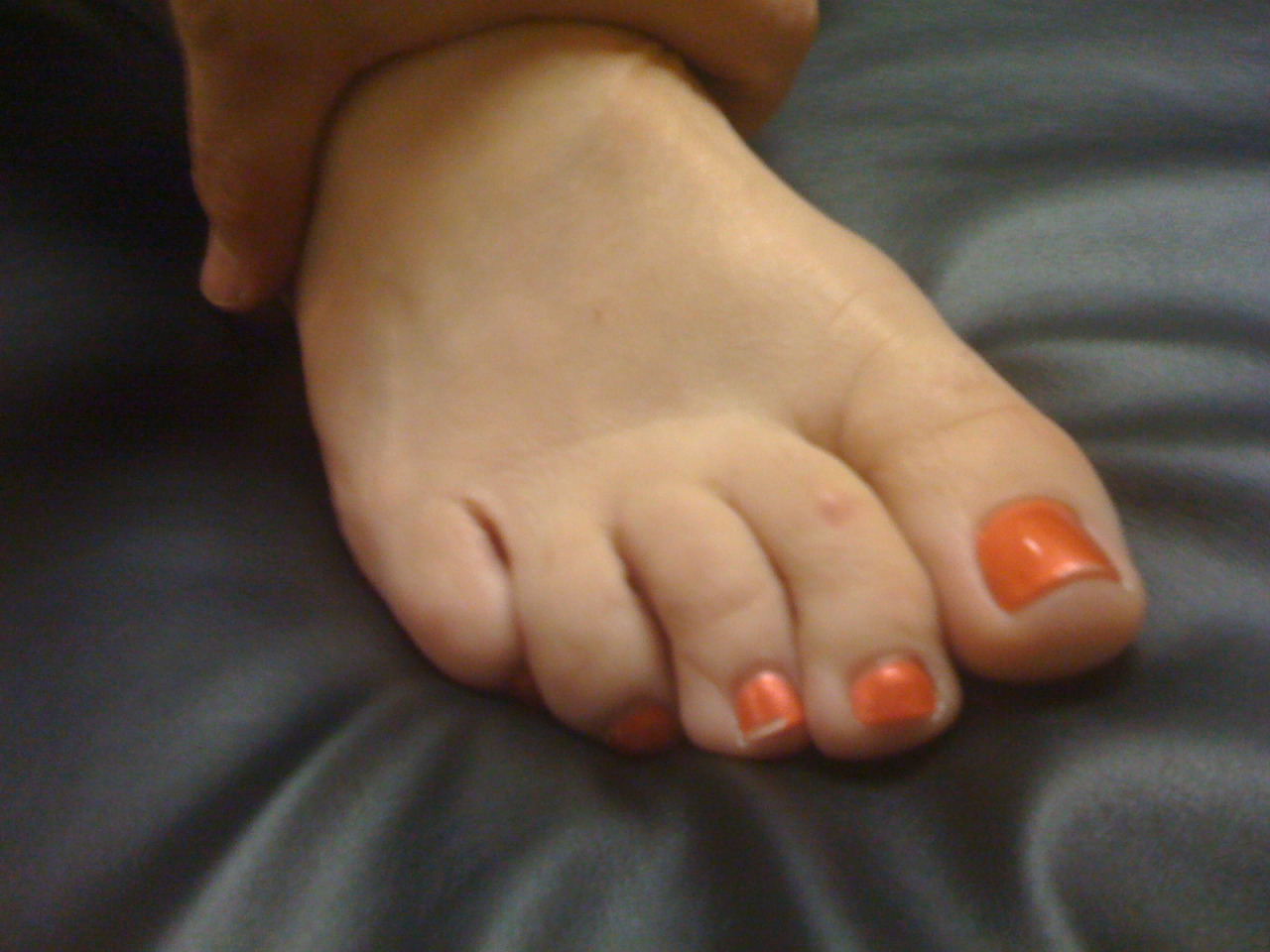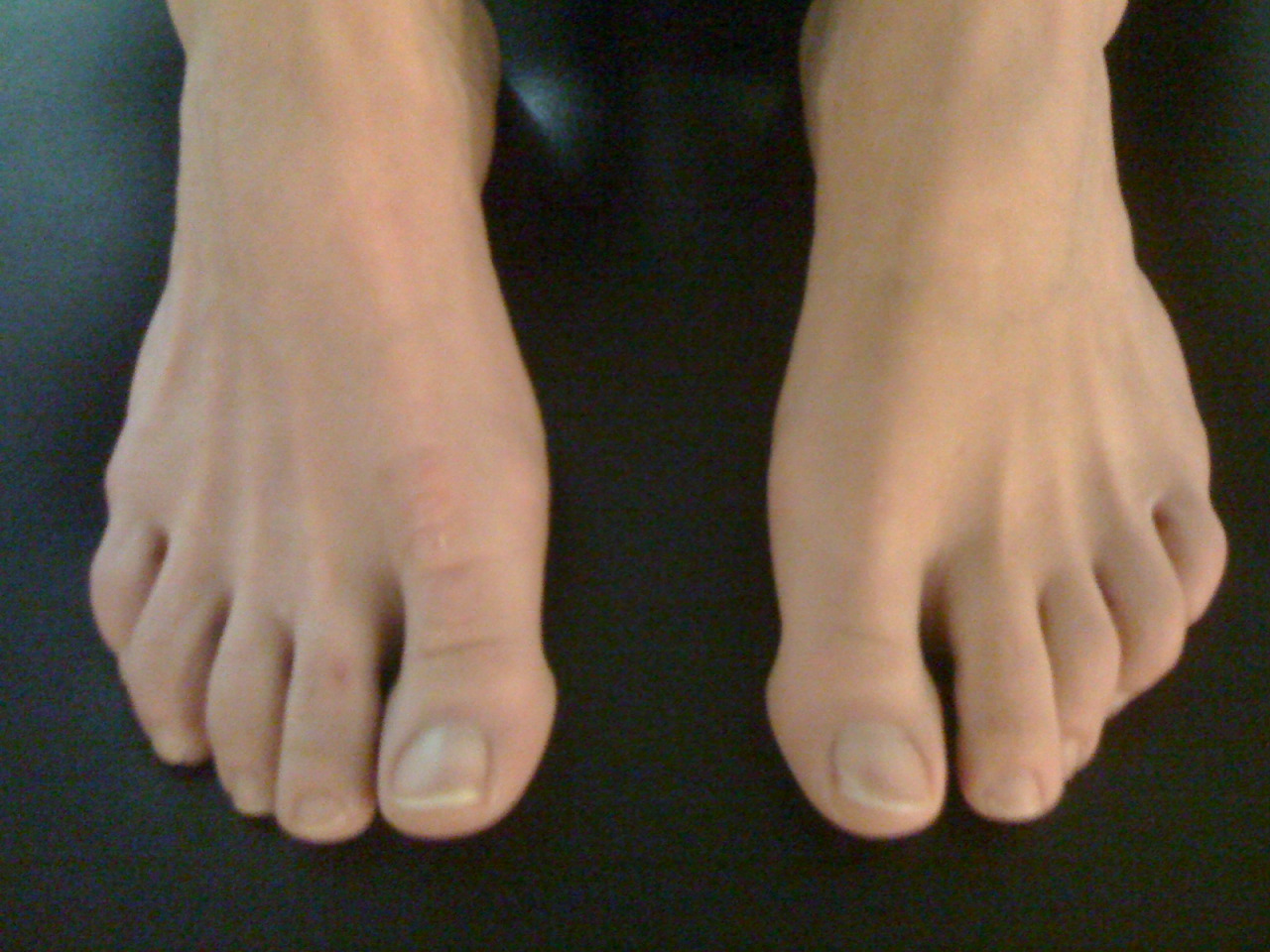Is your 5th toe curled under ? What do you do when “this little piggy” can’t go wee wee wee all the way home.
Have a look at the 4 photos above. You will see this curling of the lesser toes quite often in your practice, and when you know what it means it can help to guide your thinking, both from a diagnostic and treatment perspective.
You should have noticed in the photos that the 4th and 5th toes curl under and are hyper-flexed, and this is at rest. So, what does this mean ?
It means that the long flexors are overactive, the extensors are underactive, and the adduction pull of the long flexors is unopposed by the under appreciated quadratus plantae muscle.
Look at the clinical drawing. The quadratus plantae has 2 heads, a medial head and a lateral head. Being able to clinically test these two heads will give you much insight into the function of the foot and when you see these outer two toes curling under, as you see in the photo, you will always see weakness of the lateral head of the quadratus plantae.
The quadratus plantae arises from two heads separated from each other by the long plantar ligament. The medial head is larger and more muscular, attached to the medial calcaneus; the lateral head is smaller and more tendinous, attaching to the lateral border of the inferior surface of the calcaneus and the long plantar ligament. The two portions join and end in a flattened band which inserts into the lateral, upper and under surfaces of the tendons of the flexor digitorum longus, usually the second, third, and fourth toes.
But this time, if you have studied the drawing, you should notice the oblique line of pull of the long flexors. This should in fact create this undesirable curling effect of the lateral two toes since they are so far out on the oblique line of pull. However, if you look at the insertion of the lateral head of the quadratus plantae you should be able to conclude that this head is designed to offset this oblique pull of the outer two long flexor tendons. The quadratus creates a posterior pull on the outer long flexor tendons ensuring that the curling effect (as seen in the photo) is nullified. Thus, we have a clinical presentation of a weak lateral head of the quadratus plantae (and probably a few others which we will not discuss here so as to not dilute the purpose of today’s post). Now you just have to figure out why it is weak or if there is a biomechanical reason for its insufficiency
- is there a foot type presenting itself that makes it difficult for this muscle to create sufficient posterior pull to offset the tremendous leverage of the long flexors? Maybe a forefoot varus, which gives the flexor tendons a mechanical advantage or a forefoot valgus which puts the quadratus plantae at a mechanical disadvantage? (Taking our National Shoe Fit Certification Program will help you get closer to understanding many of these issues.)
- Are their other anatomical variants like an increased forefoot width or bunions (medial or tailor’s)
- is there excessive rear or midfoot pronation?
- Shoe choice problem ?
Some folks do have adequate function of the quadratus plantae. Note the lovely feet in the last picture … . they must have strong lateral quadratus plantae and abductors of the lateral foot and toes ! And, they have great toe separation, thus great intrinsic interossei muscles, and nice flat toes (great balance between flexors and extensors).
So, what do you do?
- you could do a surgery, amputate or fuse some of the joints to make them look better. Extreme for a problem like this
- you could ignore the issue and hope it goes away. (in all likelihood it will worsen)
- you could give them long flexor, toe scrunching Towel-curling, marble-grasping exercises , like you see all over the internet…and give the flexor digitorum longus even more of a mechanical advantage, and make the problem worse
- you could give them exercises to increase the function of the long extensors, which would increase the mechanical advantage of the quadratus plantae. like the shuffle walk; lift, spread and reach and tripod standing exercises (hmm…sounding better)
- be a real clinician and in addition to looking at the foot, look north of the foot to see what might be causing the problem (loss of ankle rocker, insufficient gluteal activity, loss of internal rotation of the hip, etc) Hmmm; sounding like a good idea too…
The Gait Guys. Hammering it home, day after day, about the importance of gait and giving you clues to be a better _________ (insert athlete, coach, trainer, clinician, shoe fitter, rehab specialist…).























